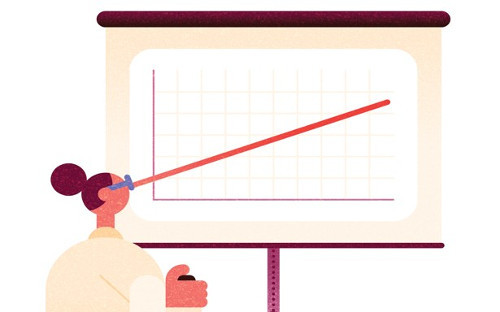A Scientific Look at Bad Science

Robin Davey / The Atlantic
In the September 2015 issue, THE ATLANTIC’s Bourree Lam looked into studies that examine retracted scientific studies.
In May, the journal SCIENCE retracted a much-talked-about study suggesting that gay canvassers might cause same-sex marriage opponents to change their opinion, after an independent statistical analysis revealed irregularities in its data. The retraction joined a string of science scandals, ranging from Andrew Wakefield’s infamous study linking a childhood vaccine and autism to the allegations that Marc Hauser, once a star psychology professor at Harvard, fabricated data for research on animal cognition. By one estimate, from 2001 to 2010, the annual rate of retractions by academic journals increased by a factor of 11 (adjusting for increases in published literature, and excluding articles by repeat offenders). This surge raises an obvious question: Are retractions increasing because errors and other misdeeds are becoming more common, or because research is now scrutinized more closely? Helpfully, some scientists have taken to conducting studies of retracted studies, and their work sheds new light on the situation.
“Retractions are born of many mothers,” write Ivan Oransky and Adam Marcus, the co-founders of the blog Retraction Watch, which has logged thousands of retractions in the past five years. A study in the PROCEEDINGS OF THE NATIONAL ACADEMY OF SCIENCES reviewed 2,047 retractions of biomedical and life-sciences articles and found that just 21.3 percent stemmed from straightforward error,while 67.4 percent resulted from misconduct, including fraud or suspected fraud (43.4 percent) and plagiarism (9.8 percent).
Read the rest of the article at THE ATLANTIC.
